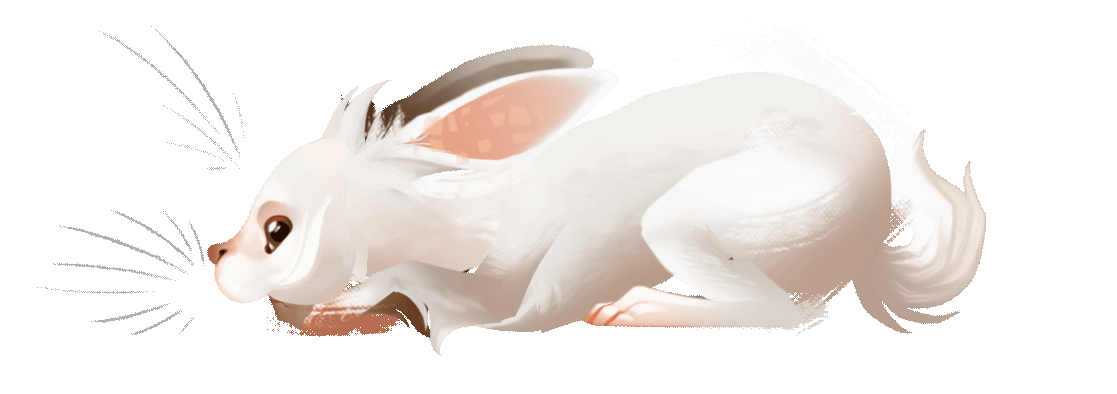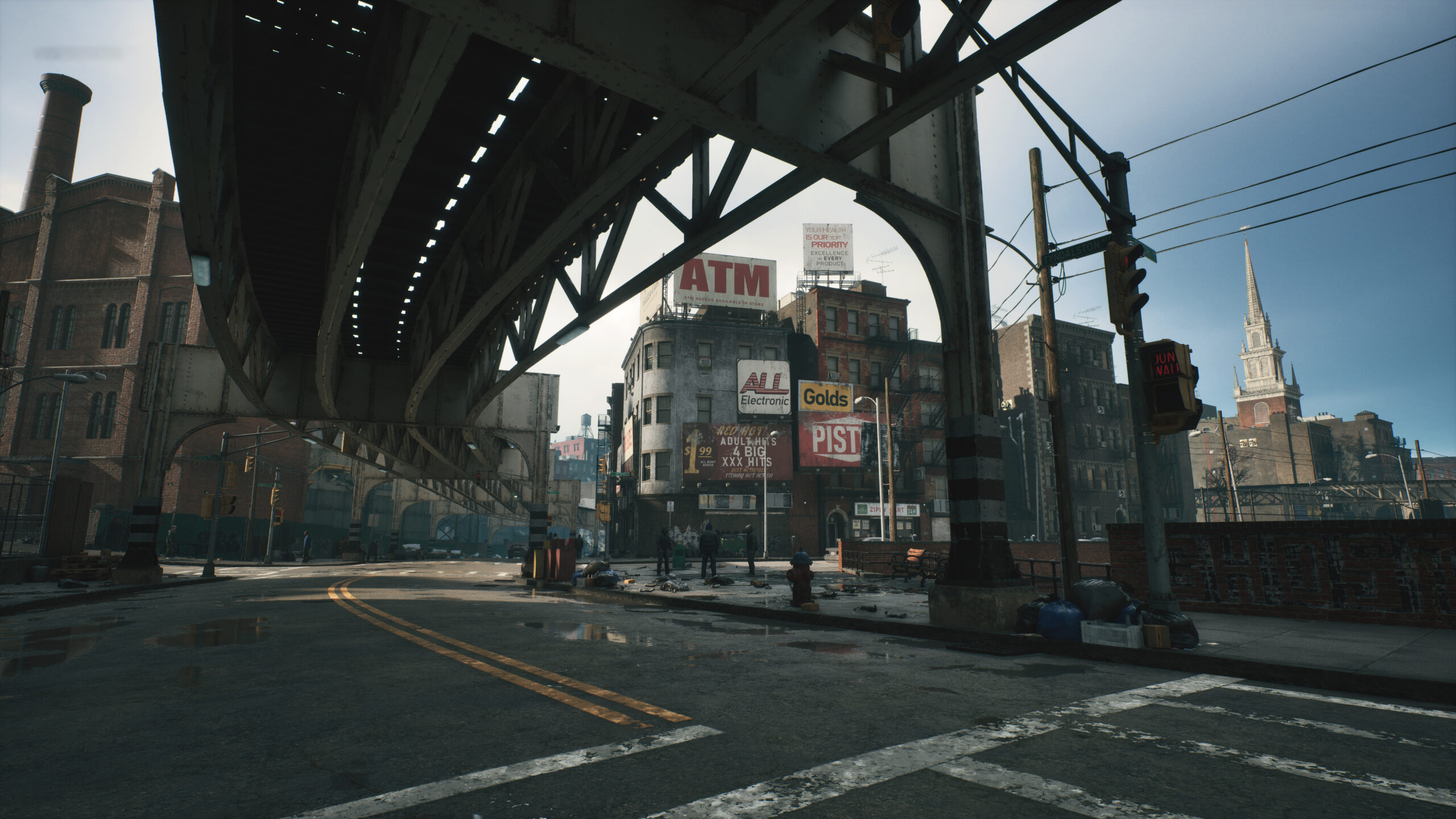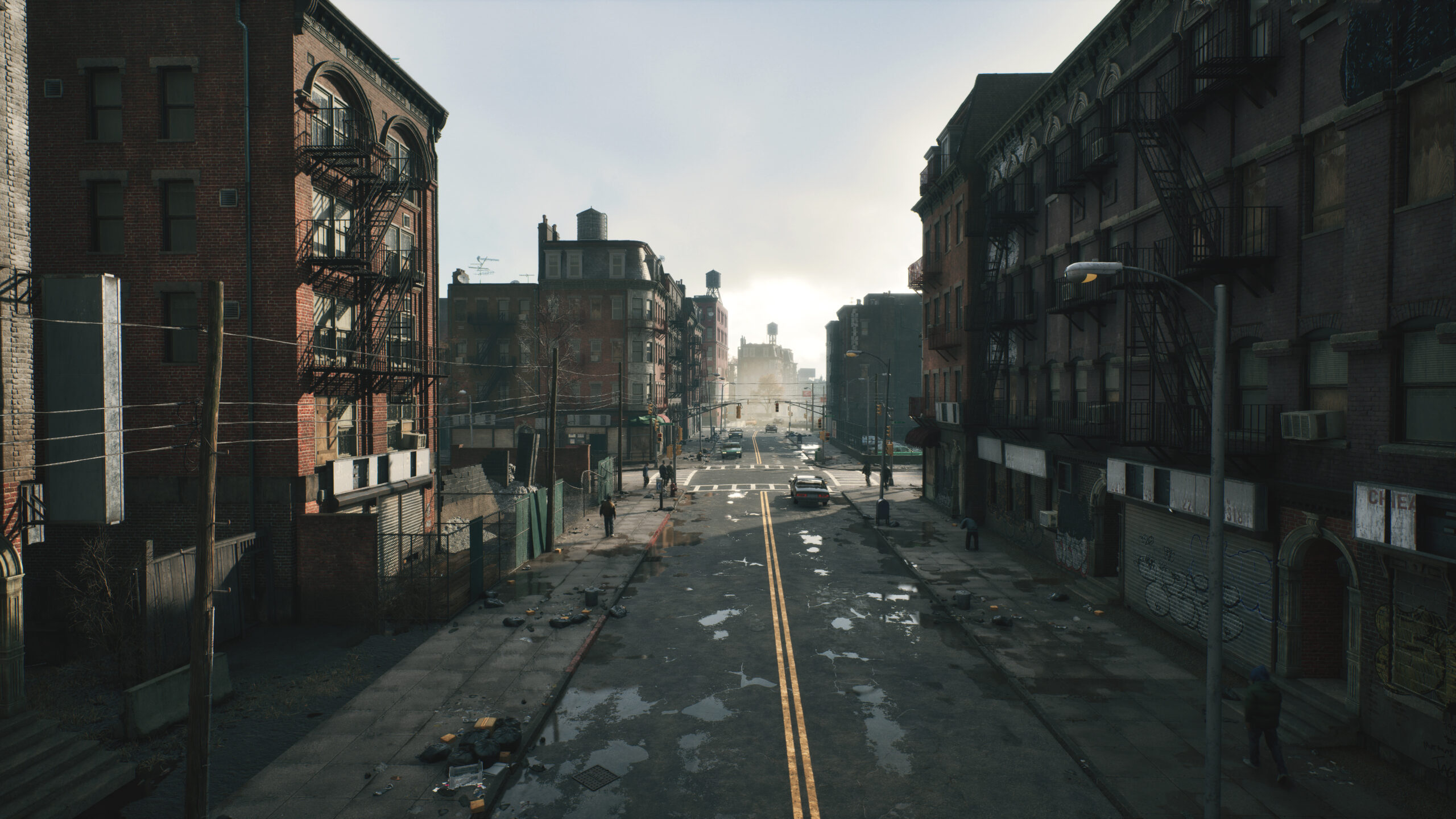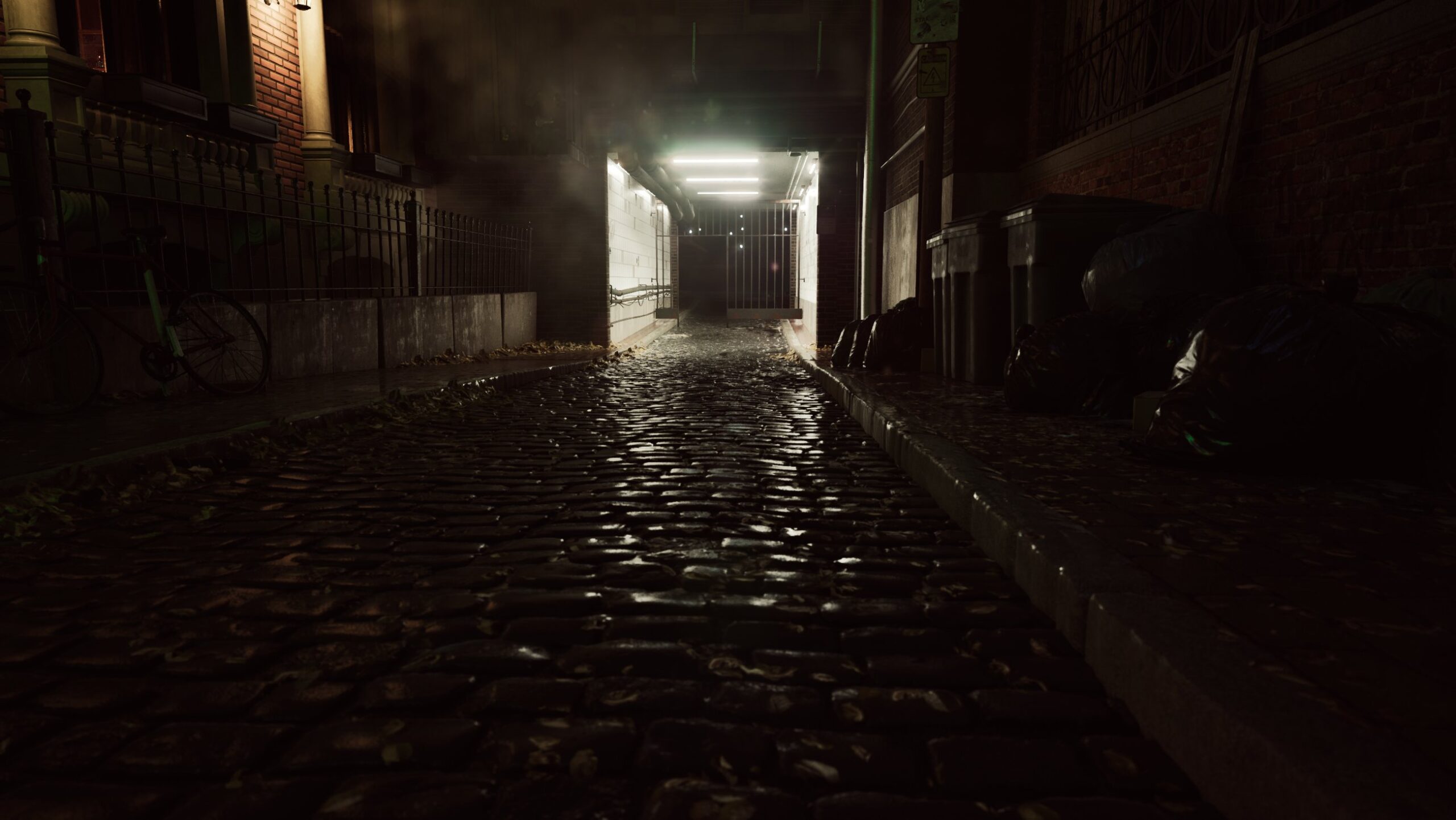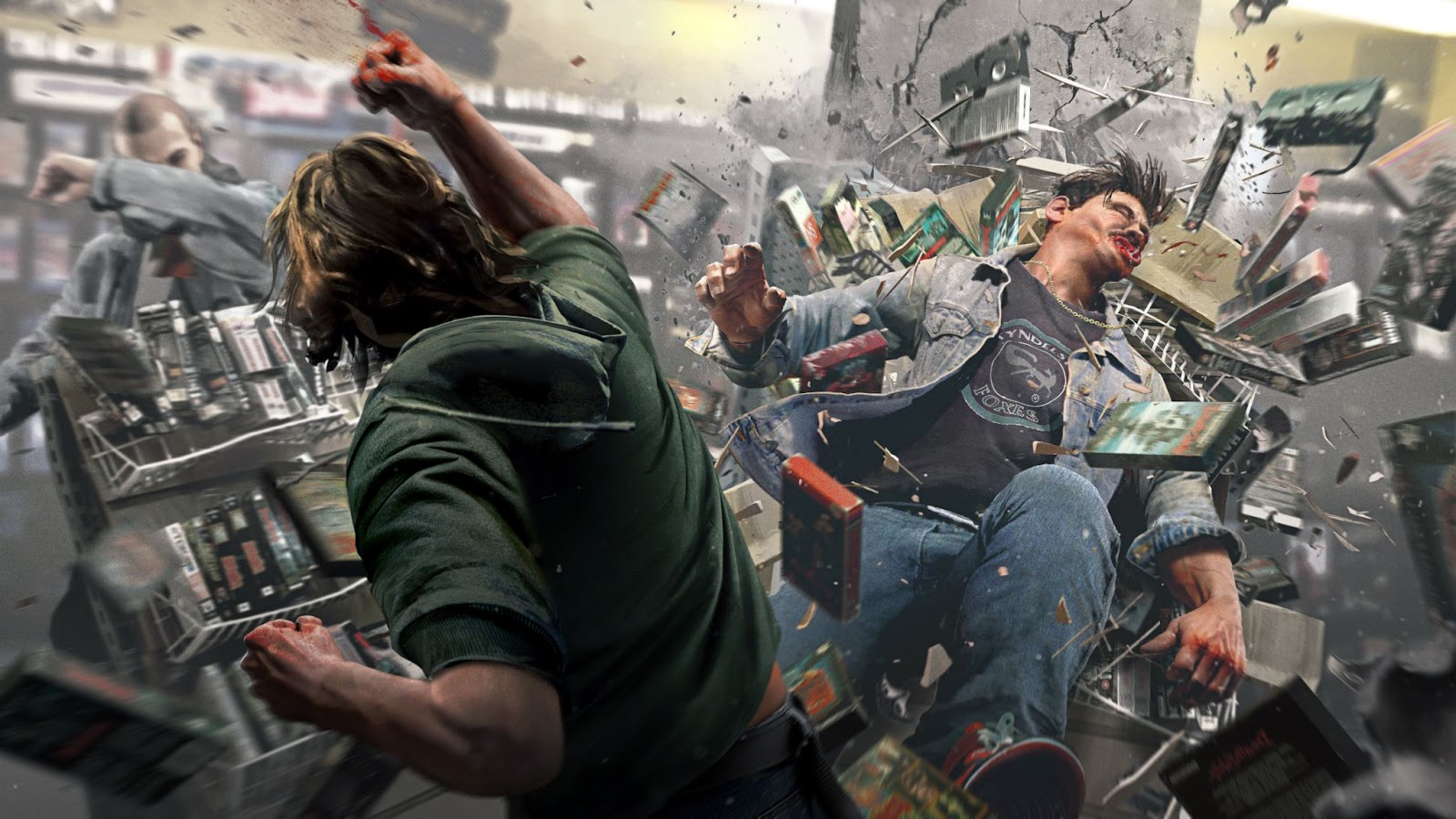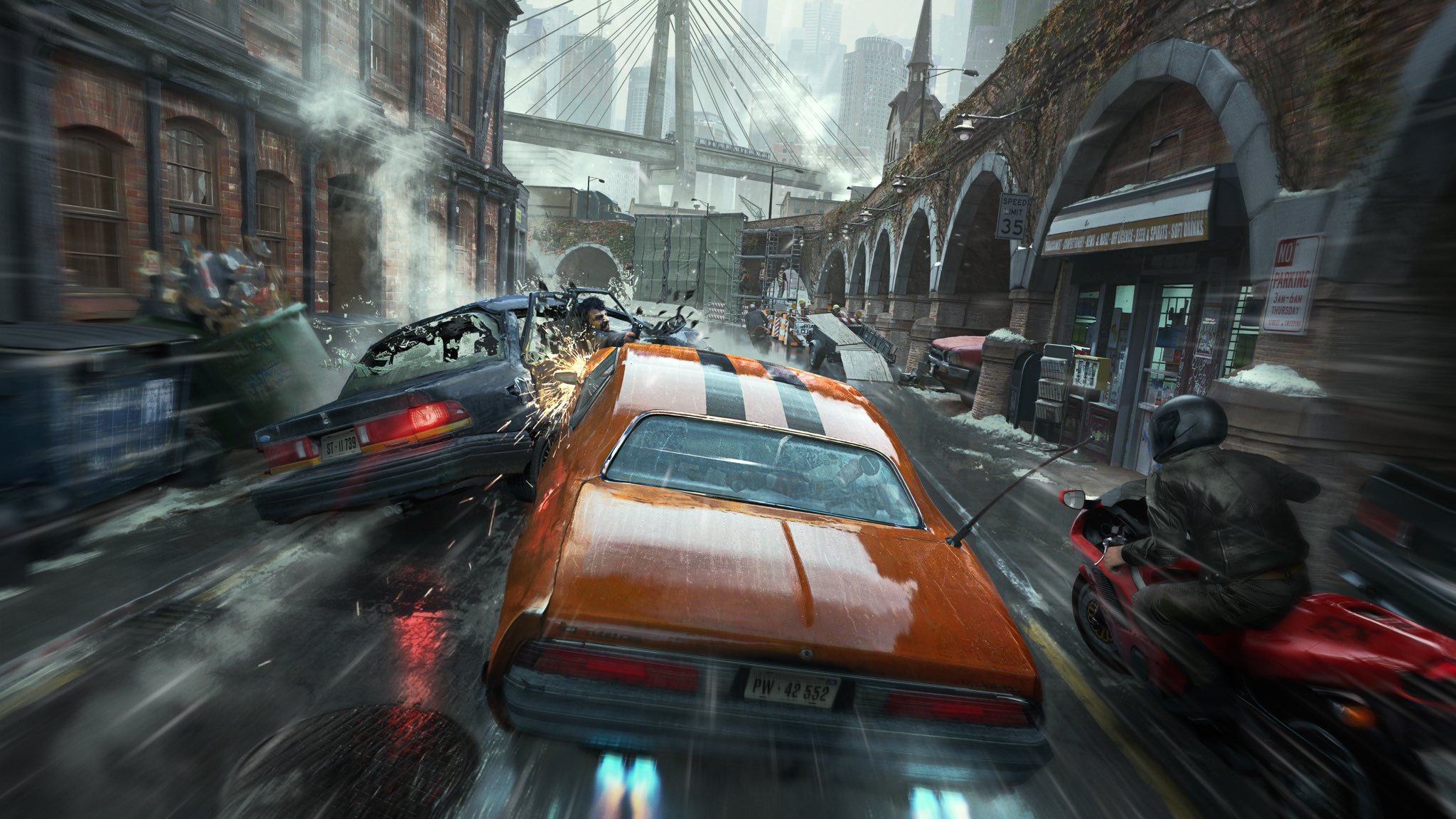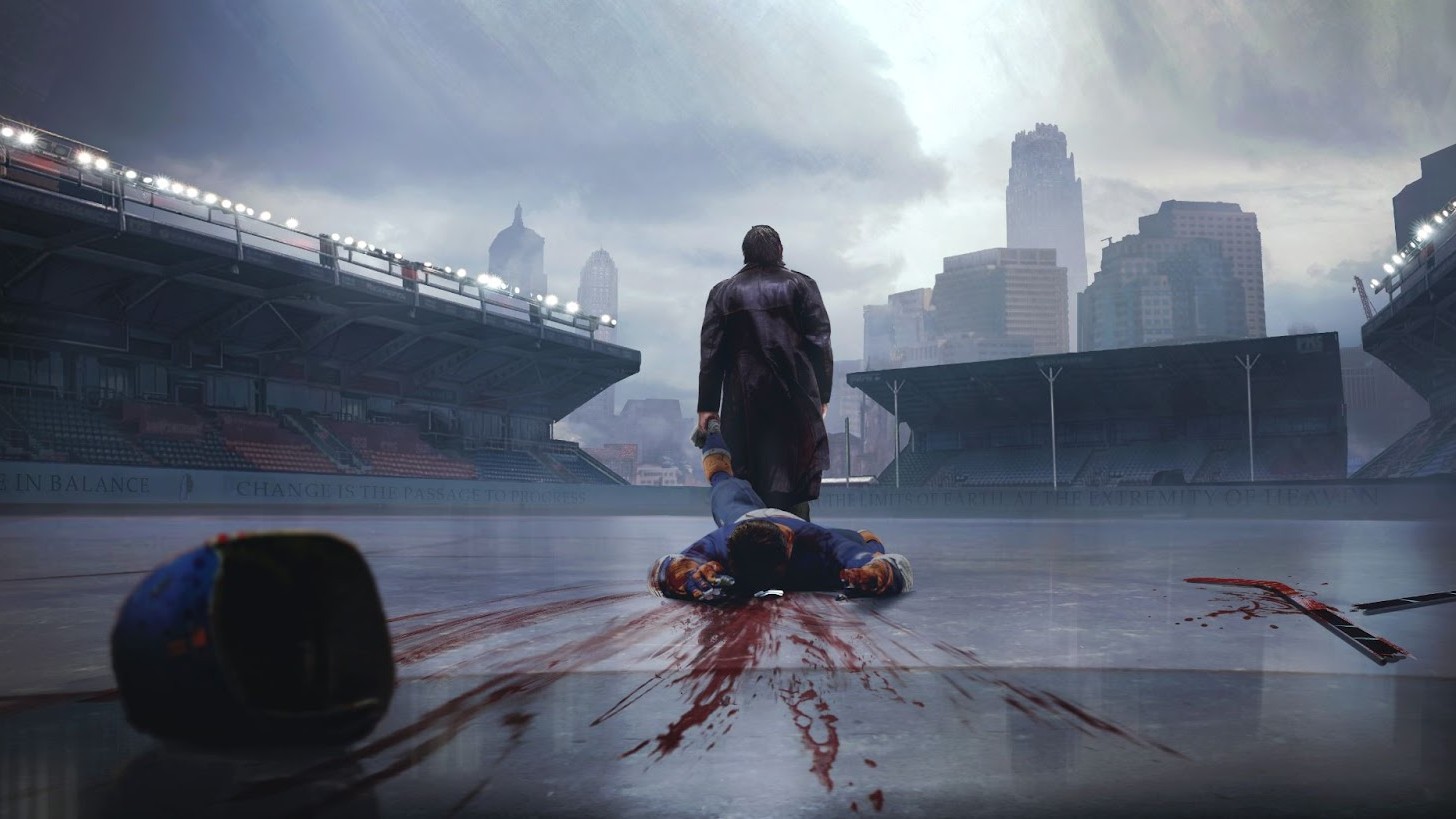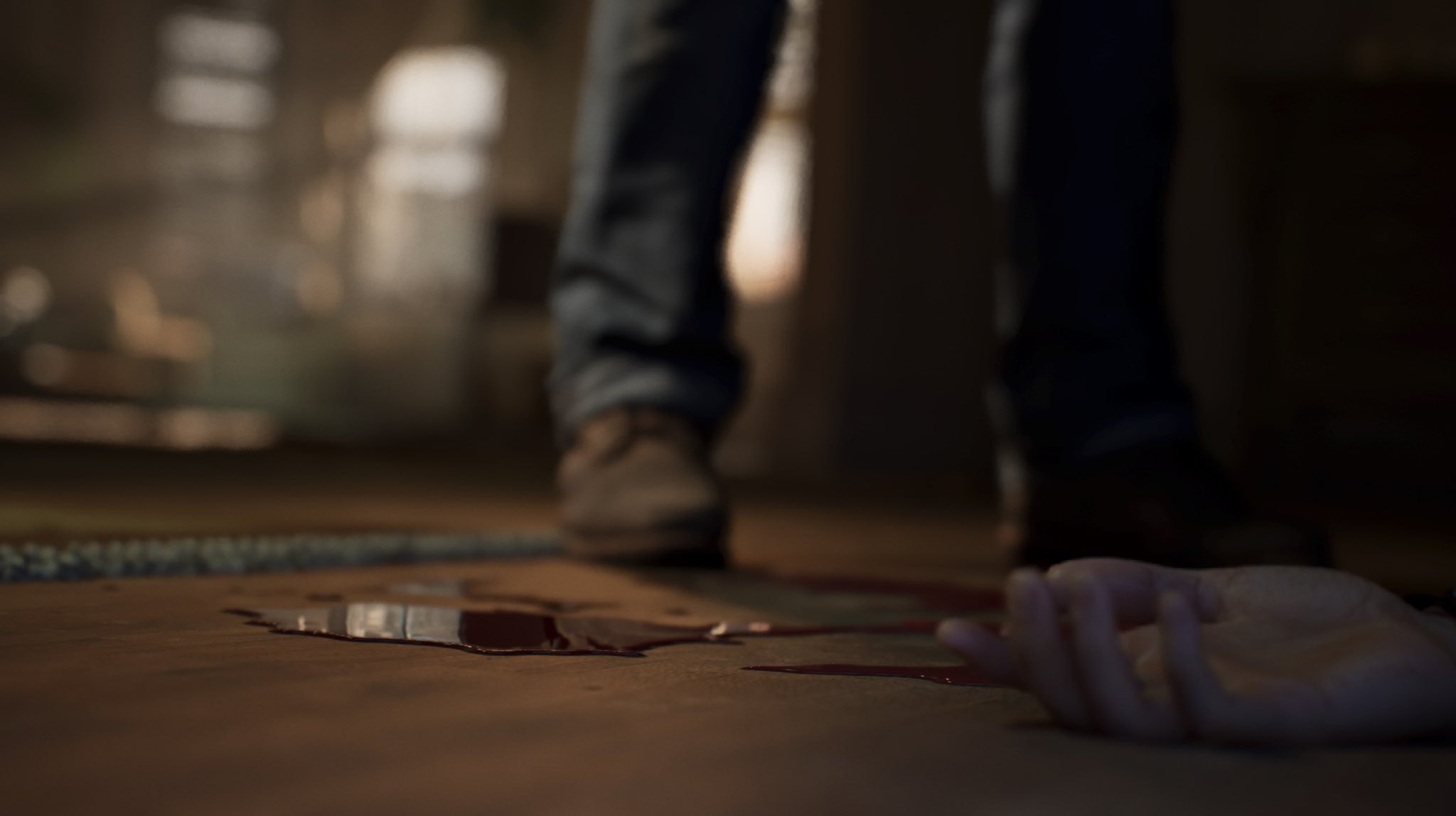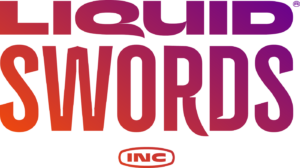
Technical Designer – Unannounced Project
Engine: Unreal Engine 5
Language: C++ and Blueprints
Duration: November 2021 – Present
My Role: Technical Designer
My 3,5 years at Liquid Swords has been filled with a lot of fun, learning and growth – Both as a developer and a person. I started at quite an early stage for both the company and the project, which means I’ve got to be part of not only building the game but also the team and the studio culture. Throughout the duration of this project, my role has evolved and adapted to the current needs. This goes for both my individual contributions and the type of support I’ve provided for the team.
At the early stages of the project, I helped define the Design Pillars, prototyped various features and helped the team learn the Unreal Engine. As time went on, I leaned more into the system design aspect and worked closely with the other programmers on the implementations, while providing scripting guidance to the designers and less technical folks. More recently, I’ve taken a step back from implementation work, and focused on improving workflows, establishing best practices and providing guidance to the team in general.
My Design Philosophy
I believe innovation requires constant iteration, which is why my approach isn’t just about building functionality. It’s about engineering systems that help innovate gameplay. The tools we use shape the way we think and inspire us to create, so having great tools is absolutely vital.
I love helping people, so it has come naturally that a lot of my work has been about empowering the team I work with. I aim to provide workflows and build systems that lets the team focus on what they do best, being creative!
Teaching an entire studio a new game engine
The first few months I spent a lot of time onboarding the entire team in the Unreal Engine, since no one except me had worked with it before. It meant teaching all disciplines including code, design, art, animation, audio, QA etc to make sure we were all on the same baseline level of knowledge. I’ve provided both individual guidance and held presentations regarding larger systems and features, sharing knowledge on what functionality exists, how to use it and common pitfalls.
More specifically for our game:
- Suggested practical implementation solutions both for programmers in code and for designers in blueprints
- Guided decisions on when we should utilize existing engine features vs. build our own systems
- Helped people solve bugs, explaining the nature of the issue and how to avoid them in the future
- Ensuring designers and less technical folks understand good scripting practices and how to work efficiently
- Guided programmers on how to build intuitive systems
- Make them aware of the available toolset (such as specific UPROPERTY specifiers)
- Providing general user experience guidelines
- Concrete feedback on their work
Individual Contributions
While my main focus in the game has been within the domain of AI & NPCs, I’ve also worked with our narrative systems and other areas of gameplay. While all of my work has been collaborative, I will highlight the areas of which I contributed the most. Some of my contributions include, but are not limited to:
General
I did this work across multiple systems for AI, narrative and general gameplay
- Proposed & implemented workflow improvements
- Established best practices
- Written and maintained documentation
AI & NPC Systems
I played a key role in designing and building our AI Systems. As a primary vision holder for the system architecture, I took the lead in driving it forward.- AI Data Manager for Runtime Data
- AI Perception
- Custom perception event system
- Custom perception sense
- NPC Behaviors
- NPC creation workflow
- Custom EQS generators & various implementations
- Other general gameplay AI Systems
Narrative
- Design & implementation of narrative gameplay systems
- Writing- & content implementation workflows
- Prototyping of features and tools
Other
- Prototyping
- Combat Systems
- Player abilities
- UI
- Tools for debugging & playtesting
Defining the Game Pillars
I joined at a stage where the pillars were still being established. As part of the design team, our job was to ensure they supported the final vision of the game. It meant many discussions and iterations of various design areas, where we brainstormed and had workshops to explore ideas on both a high- and low level. We then created vision boards and presentations for the CCO (Christofer), and adjusted according to his feedback. I provided my insight and ideas and gave suggestions for improvements that ended up being part of the final definition for the game’s pillars.
Being part of this gave me a deep understanding of the game’s vision. It helped me in all areas of my work but especially when bridging communication between design and code. It informed a lot of discussions and decisions for how we built our systems.
Supporting the team – Bridging the gaps
As a technical designer, my goal has always been to serve both the team and the game we’re building. A large part of my job has been about improving the developer user experience and ensuring the team has everything they need to work as independently and efficiently as possible towards the intended gameplay experience.
In addition to the independent work I’ve done on the systems, I’ve achieved this by:
- Constantly seeking feedback from the team
- Using the tools I create, to ensure they meet the needs from the start
- Proactively spotting issues and fixing them before they become a problem
- Consistently taking initiatives to share knowledge, best practices and how-to’s
- Driving discussions forward in areas with a lack of clarity
- Making myself available for the team, so they can ask for the support they need
Building better systems
Taking a system from start->finish
Having the comprehensive perspective of both domains makes it easy for me to be proactive and spot issues before they arise.
More Information Coming Soon!
Featured Content
As part of my role at Liquid Swords and as a developer in this industry, I’ve gotten the opportunity to be part of podcasts and videos related to games and the industry, held presentations and more.


